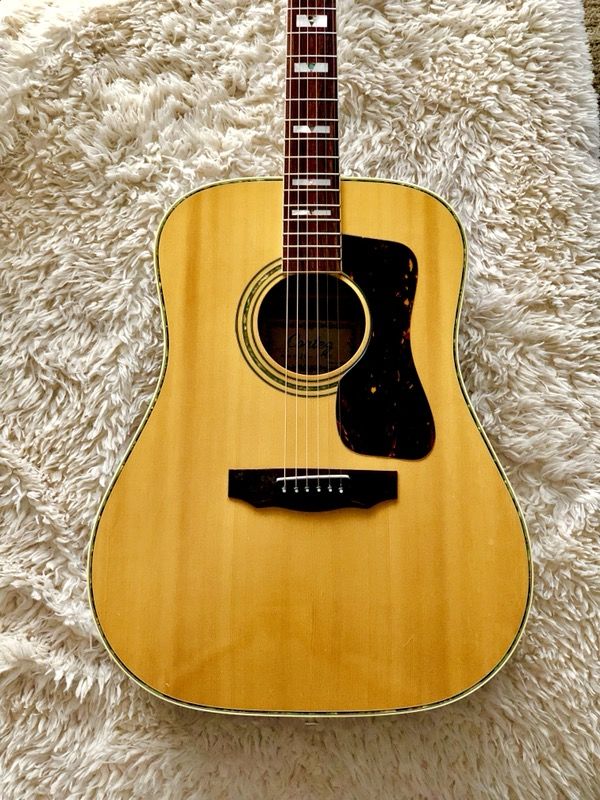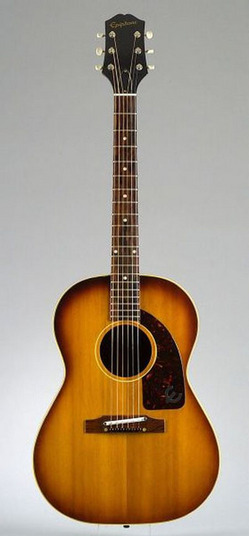

Tokai, one of many brands that operated out of this factory, produced a wonderful replica of the Fender Stratocaster – judging from the clip below, there really isn’t much of a difference between the two.įrom the ’60s up until the ’90s, Greco’s Fujigen and Matsumoku plants churned out some of the best Eastern copies on the market, many of which have attained a cult-like appreciation here in Australia. Located in the Nagano Prefecture of Japan, Matsumoku gained a reputation for their use of quality woods, impeccable attention to detail and fairly priced instruments. Enter Matsumoku, perhaps the most acclaimed guitar and bass factory of the ‘70s and ‘80s. This was mainly due to cost-cutting, and resulted in buyers looking elsewhere for quality instruments. Most musicians who were around throughout the ‘70s will tell you that Fender’s penchant for producing quality guitars took a temporary dip.
Cortez guitar models update#
Never miss an update – sign up to our newsletter for all the latest news, reviews, features and giveaways.
Cortez guitar models crack#
I went back in to pick it up, and then to return it, but after a few phone calls to various regional managers, the store refunded me enough that I could get it repaired on my own.Ĥ5 days later, I picked it up again, with the complete list of repairs: replaced bridge, replaced bridge pad (the original was de-laminating), all top braces re-glued, one back brace re-glued, top cracks repaired, and the potential headstock crack found to just be two poorly-placed scratches. Guitar Center's tech offered to send it to their specialist (a luthier in a nearby city), but a couple hours later called again and said they couldn't do it. I took it to my local luthier for an inspection, and that revealed at least two loose braces. There was a potential headstock break in progress, a top crack coming off one of the bridge studs, another one coming off the fretboard extension, and some internal rattling. When I got home, though, I had some questions. I had it shipped to my local store (where it came in a nice Martin case that I'll re-sell). It was listed for about what they sold for in the spring. Not a shock for any mid-60s Gibson with a plastic bridge. It had one photo, condition listed as "good," and disclosure of a lifting bridge. One night in September, though, I found this 1964 example on Guitar Center's vintage section.

I've been looking for a Cortez since the spring, and after missing a few, I've watched the price continue to rise. Remember when I was asking about about cases that would fit my Gibson LG-0, and I was strangely-intent on buying an Epiphone-branded case?


 0 kommentar(er)
0 kommentar(er)
